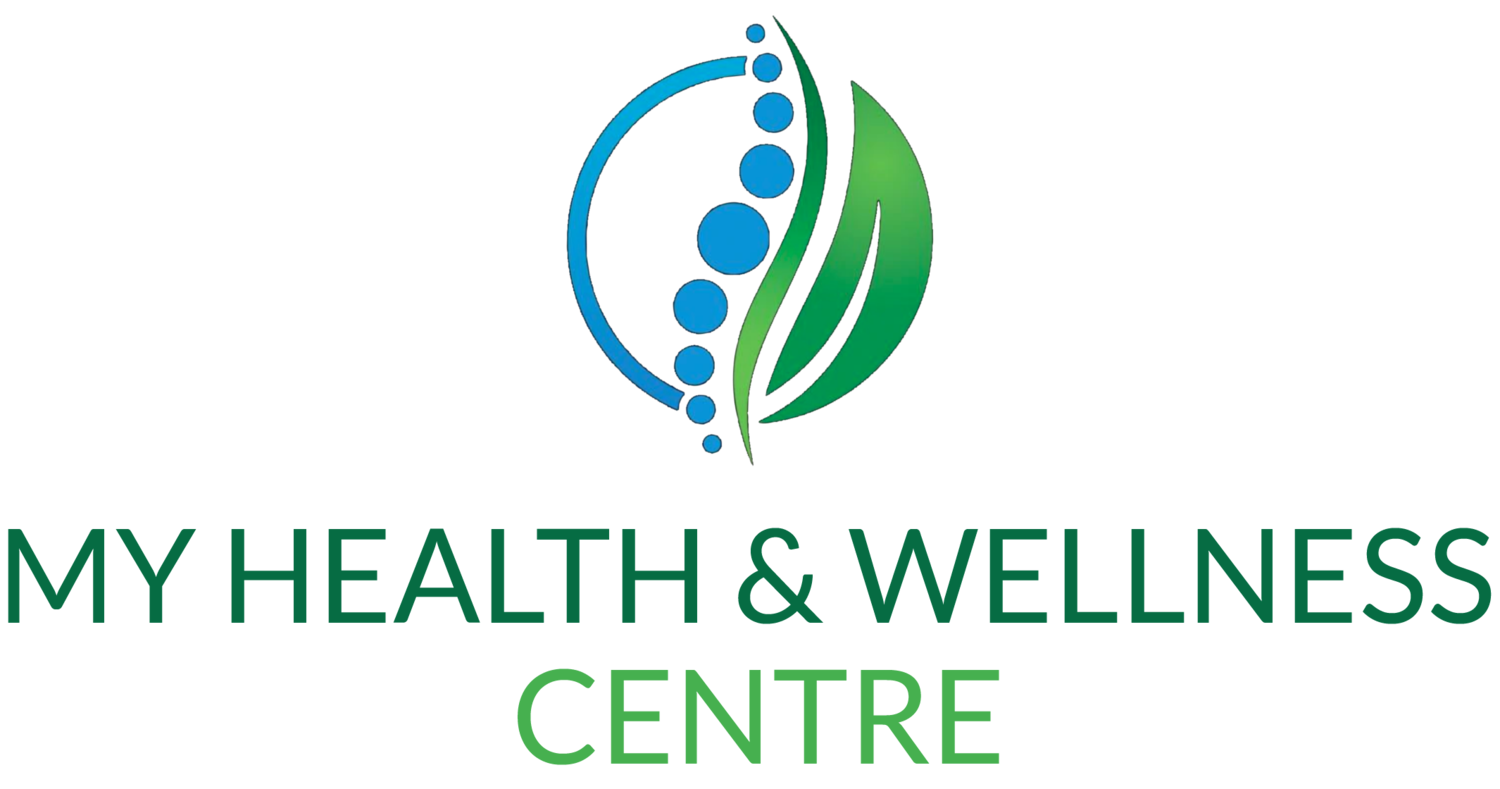What is Remedial Massage Therapy?
The word massage is most likely to have emerged from the Greek word 'Massein', meaning 'to knead' or the Arabic word 'mas'h' meaning 'to press softly'. Massage is the oldest form of physical medicine known to man and can be traced back to the early Chinese medical manuscripts around 400BC. Massage was advocated by Hippocrates who was born in the fifth century and was known as 'the father of medicine'. It was widely used and written of in Roman times with history recording how Julius Ceaesar received massage to relieve neuralgia!
Very little was recorded about massage in Europe between the Roman times and the early Middle Ages, but by the sixteenth century medicine slowly started to re-learn what had been lost. Between 1776 and 1839, a Swedish professor, Peter Ling, created a scientific system of therapeutic massage known as Swedish massage and established a teaching institute in Stockholm.
Today, massage therapy is one of the fastest growing forces in the field of health care.
How does it work?
Massage is simply the manipulation of the soft tissues of the body - the muscles, tendons and ligaments. A massage therapist's hands are his most important tool through which he not only treats the patient but also detects physical and emotional problems. The massage therapist palpates the patient's body to determine the condition of the tissues and the likely source of any pain, and thus the correct form of remedial treatment.
Massage works through the various body systems in one of two ways, a mechanical action and a reflex action. A mechanical action is created by moving the muscles and soft tissues of the body using pressure and stretching movement, thereby cleansing them of acids and deposits. This mechanical action breaks up fibrous tissue and loosens stiff joints.
A reflex is created when treatment of one part of the body affects another part of the body, much like pressing a light switch on a wall to turn on a light in the centre of the room. Just like this electric connection, so too are different parts of the body connected to each other not just by flesh and bone but by nerve pathways, or flows of energy known as 'meridians'.
So, by using reflex action, some therapists will treat a patient's stomach complaint by massaging the arms, and will alleviate pain in the legs by massaging the lower back.

